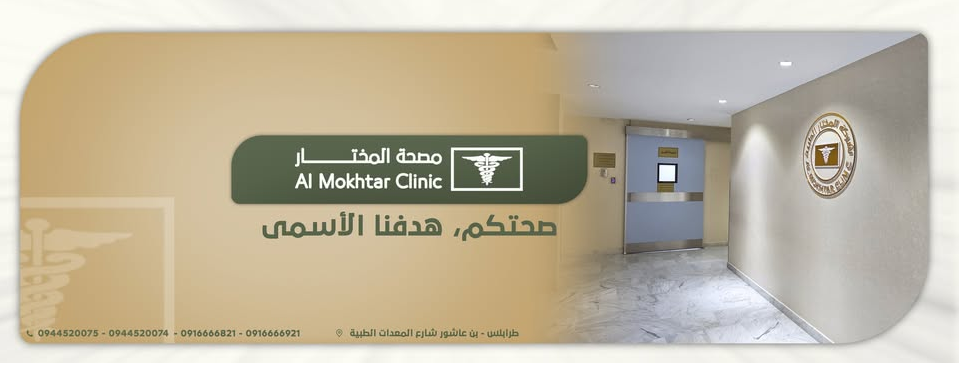Disease Detection from Real Clinical Data Using Hadoop MapReduce: A Case Study at Al- Mukhtar Clinic, Tripoli
DOI:
https://doi.org/10.63318/waujpasv3i2_07Keywords:
Hadoop MapReduce, Big Data Analytics, Machine Learning, Healthcare, Libya, Al-Mukhtar ClinicAbstract
This paper investigates the application of Hadoop MapReduce for analyzing large-scale clinical
data in the context of cardiovascular risk prediction. Utilizing a dataset comprising over 500,000
real-world medical records collected from Al-Mukhtar Clinic in Tripoli, the research implements a
distributed analytical pipeline that integrates Hadoop MapReduce with the Spark tool, in addition
to machine learning algorithms such as K-means and K-Medoids clustering, hierarchical
clustering, and decision trees, was used to identify patterns and classify patients. . The proposed
system achieved a data processing efficiency of 92% and a predictive accuracy of 89% for
cardiovascular conditions. Additionally, the integration of advanced analytics led to a 15%
improvement in diagnostic accuracy over conventional methods. The architecture demonstrated
scalability, fault tolerance, and operational resilience, making it particularly suitable for healthcare
environments with limited computational resources. These findings highlight the potential of datadriven
methodologies to enhance clinical decision-making and public health outcomes in resourceconstrained
settings.
Downloads

Downloads
Published
Issue
Section
License

This work is licensed under a Creative Commons Attribution-NonCommercial 4.0 International License.
This journal uses Creative Commons Attribution-Noncommerical 4.0 International License (CC BY-NC 4.0), which permits use, sharing, adaptation, distribution and reproduction in any medium or format, as long as you give appropriate credit to the original author(s) and the source, provide a link to the Creative Commons license, and indicate if changes were made. To view a copy of this license, visit https://creativecommons.org/licenses/by-nc/4.0/.
Copyright of articles
Authors retain copyright of their articles published in this journal.




